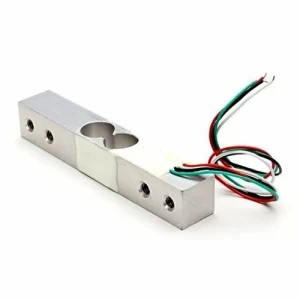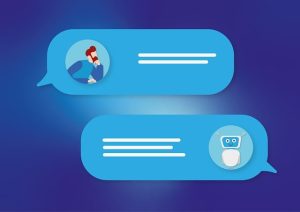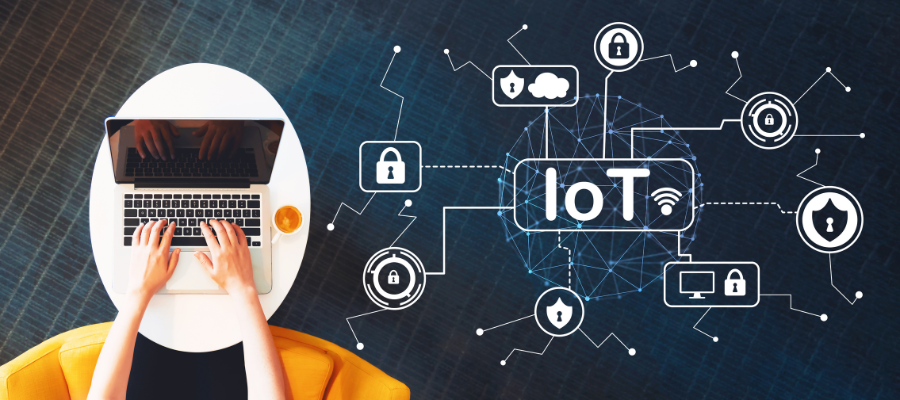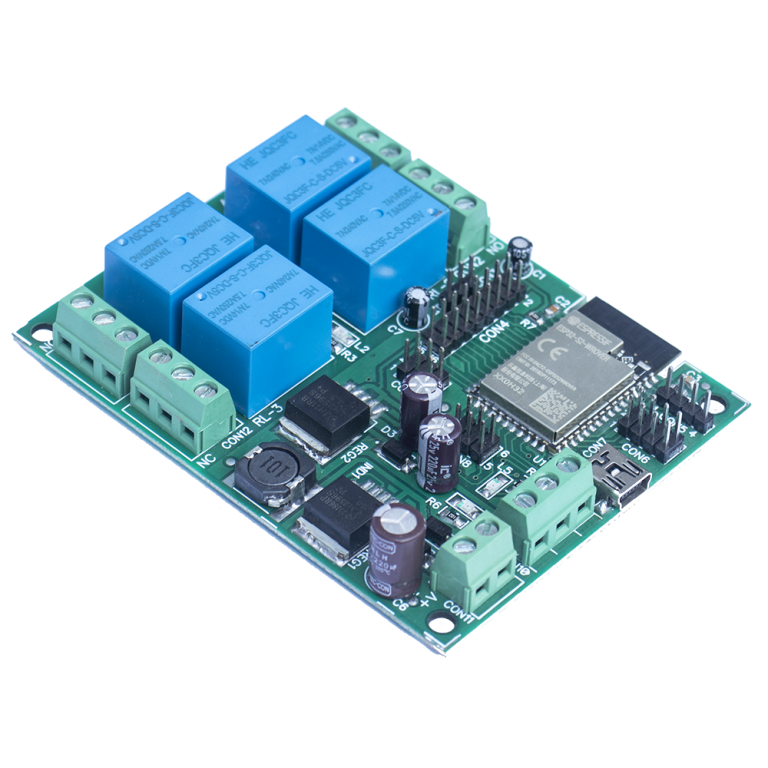Understanding IoT: An Overview
Defining IoT
The Internet of Things (IoT) is a revolutionary network of physical devices capable of seamlessly exchanging data without human intervention.
IoT Devices
IoT devices go beyond traditional computers and machinery, encompassing anything with a sensor assigned a unique identifier (UID).
Primary Goal of IoT
The core objective of IoT is to develop self-reporting devices that communicate with each other and users in real time.
Diverse IoT Devices
From everyday household appliances to sophisticated industrial tools, IoT devices come in various shapes and sizes.
Examples of IoT Devices
1. Smart Home Devices
Embrace the future with smart thermostats, appliances, and connected heating, lighting, and electronic devices, all controllable remotely via computers and smartphones.
2. Wearable Devices
Stay in tune with your health using activity trackers that monitor physical activity, heart rate, and sleep patterns.
3. Industrial Tools
Enhance industrial processes with sensors that monitor and control, prioritizing safety and efficiency.
4. Augmented Reality Glasses
Step into the future with wearable devices overlaying digital information onto the real world, perfect for applications like remote assistance and training.
5. Motion Detection Devices
Ensure security with devices like motion-detecting security cameras that alert users to potential threats.
The Business Impact of IoT
IoT devices play a crucial role in business operations, enabling real-time data collection and analysis, ultimately fostering automation.
The Technology Behind IoT
IoT is a technology that empowers inert objects, such as vehicles and electronic systems, to measure environmental parameters and transmit data through a communications network.
Applications of IoT
Explore the vast applications of IoT, including its role in:
1. Smart Cities
Utilizing connected sensors for controlling systems in gardens, street lighting, energy usage in hospitals, and monitoring air pollution
2. Corporate IoT Platform
Developing specialized platforms for managing devices, remote interaction, and centralized storage of collected data.
3. Smart Home Devices
IoT enables the creation of smart home devices, bringing convenience to the control of thermostats, appliances, and lighting.
4. Wearable Devices
Incorporating IoT technology into wearable devices like activity trackers, monitoring physical activity, heart rate, and sleep patterns
5. Industrial Tools
Enhancing industrial settings with IoT devices for monitoring and controlling processes, improving safety, and boosting efficiency
The Transformative Power of IoT
In conclusion, the Internet of Things stands as a transformative technology, poised to revolutionize various industries and aspects of daily life. Its potential lies in offering opportunities for enhanced data collection, analysis, and automation.
Remember, as the online landscape continues to evolve, our professional content rewriting service is here to ensure your content not only stands out but excels in quality, uniqueness, and SEO optimization.
You may also like:
What are the real world examples of IoT ?
What is considered an IoT device ?
How does IoT affect our life ?


















